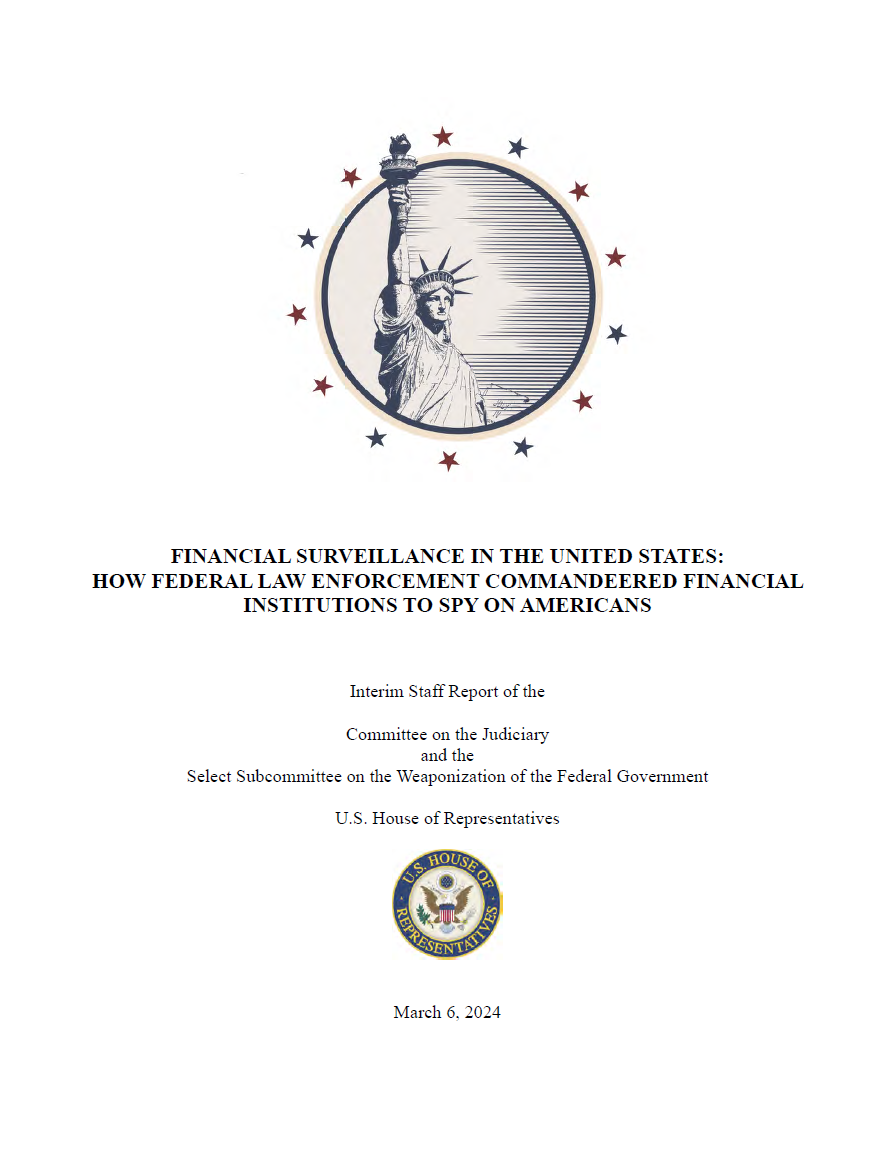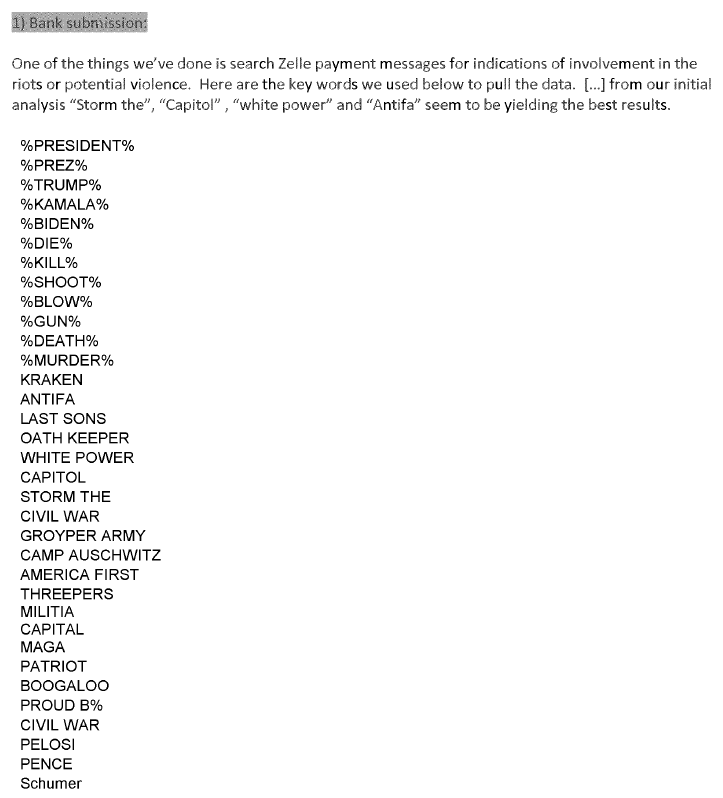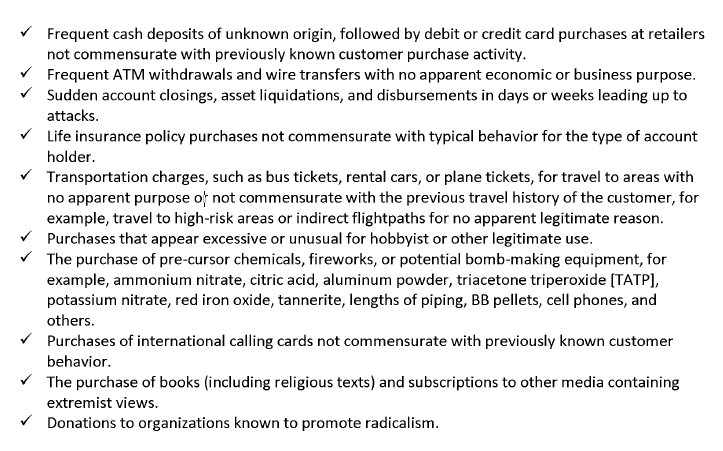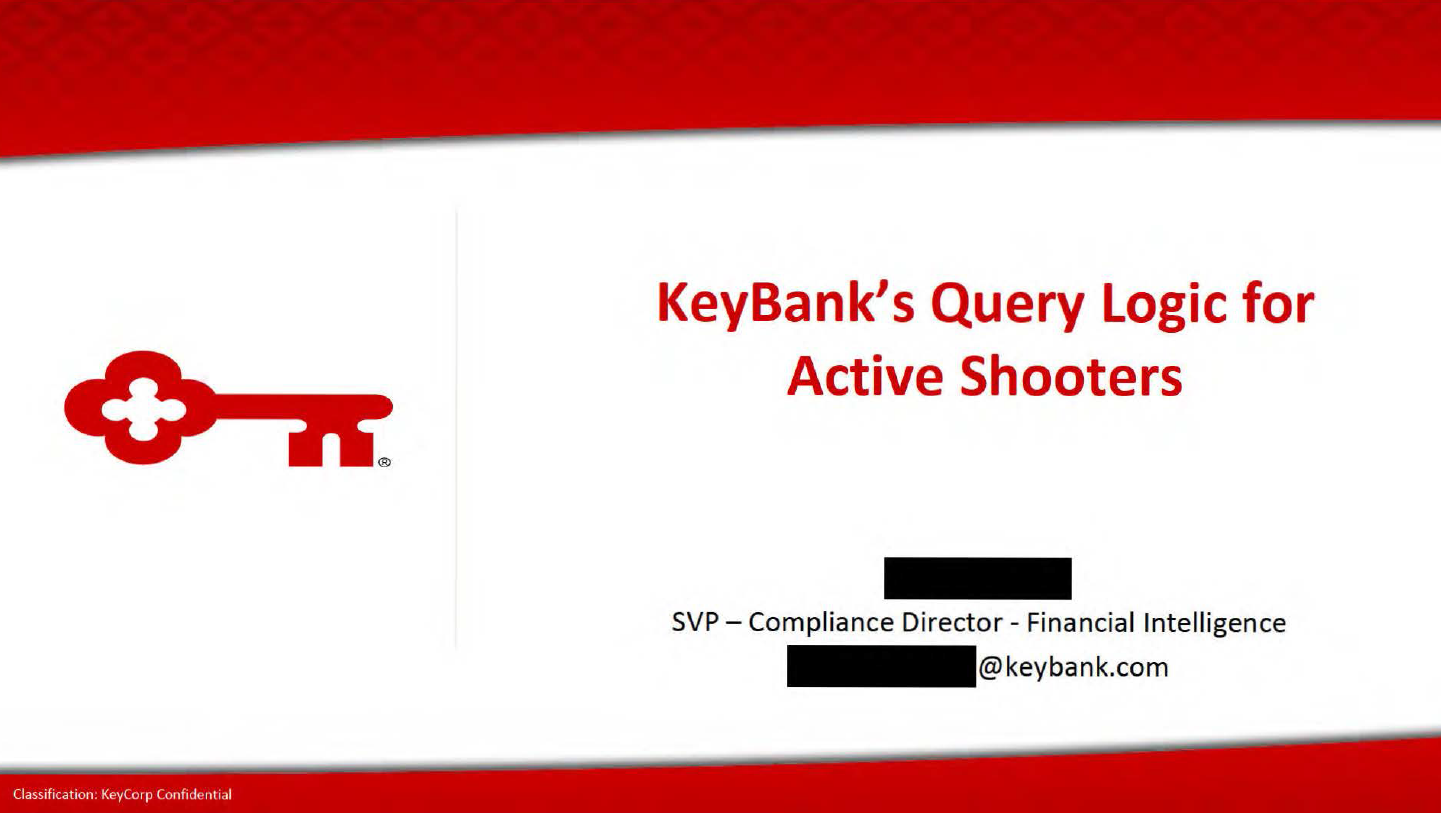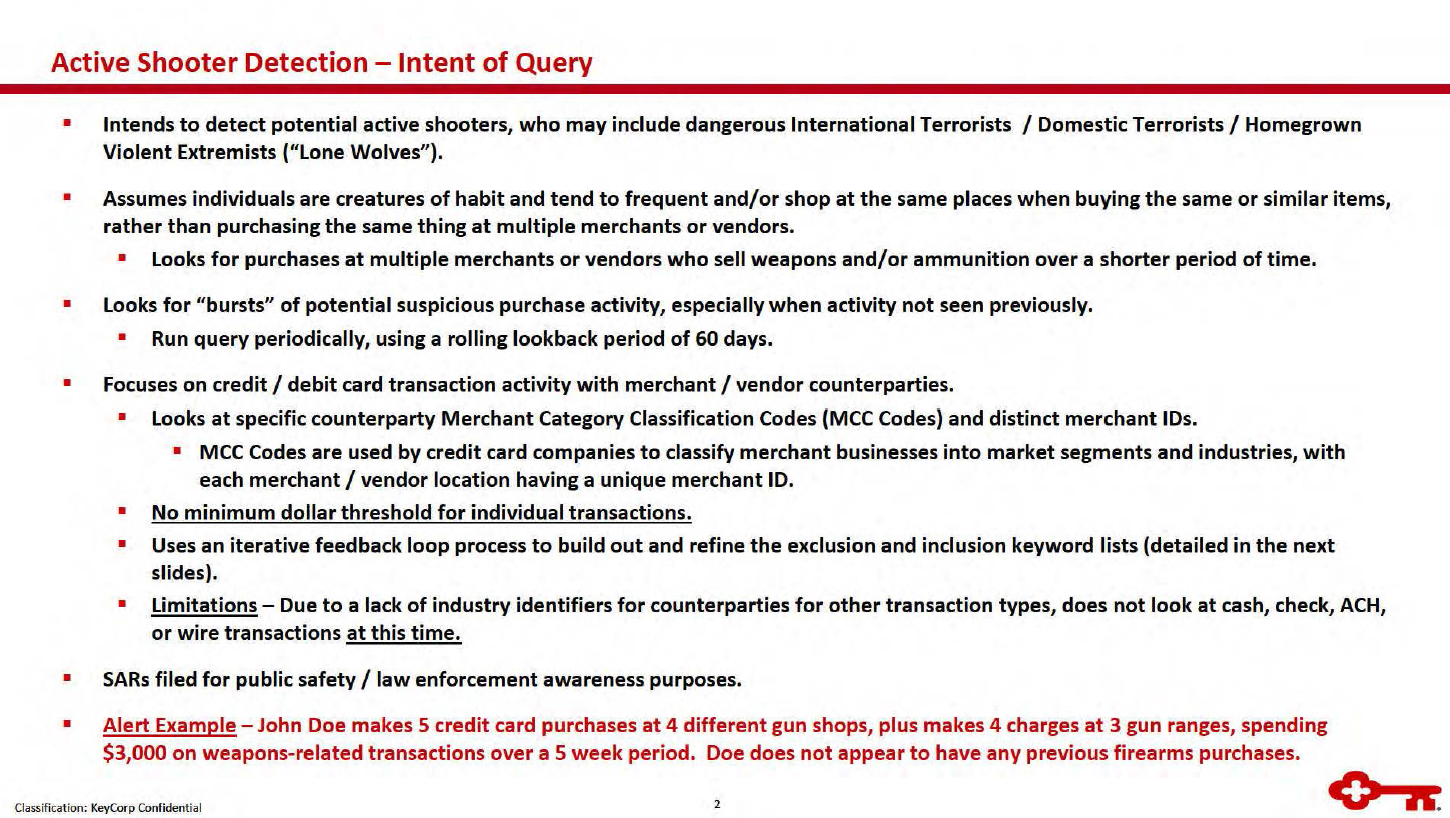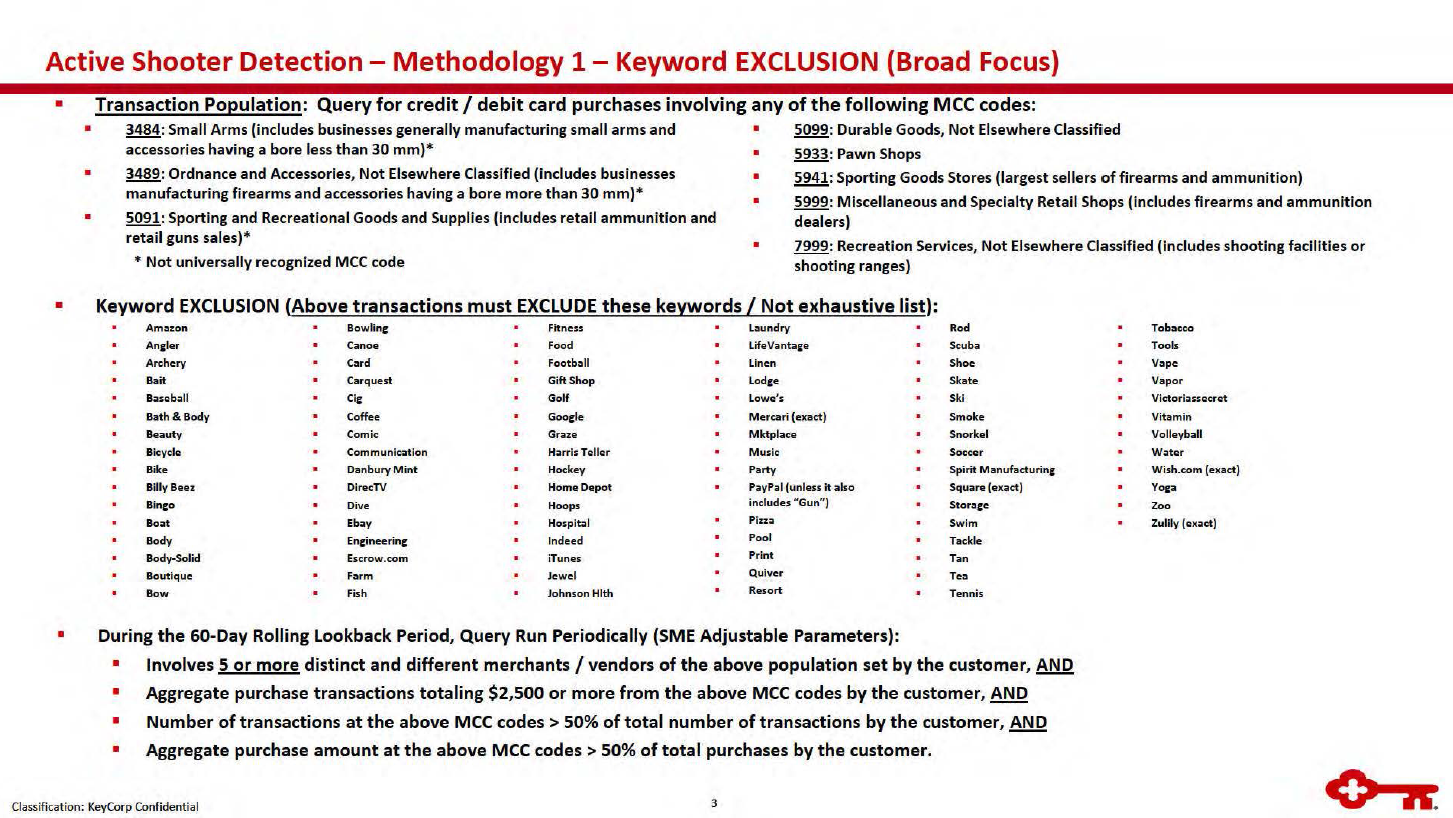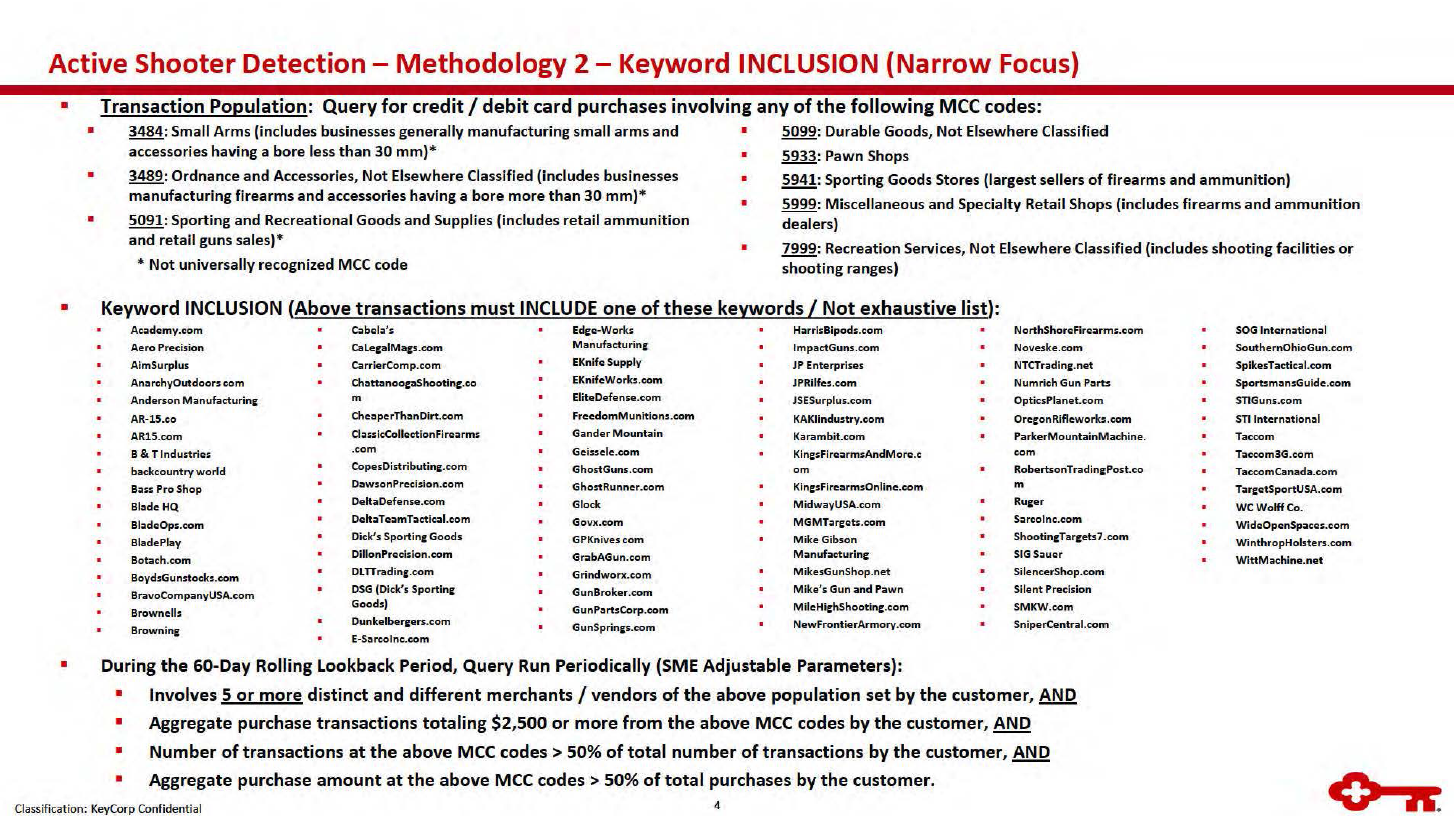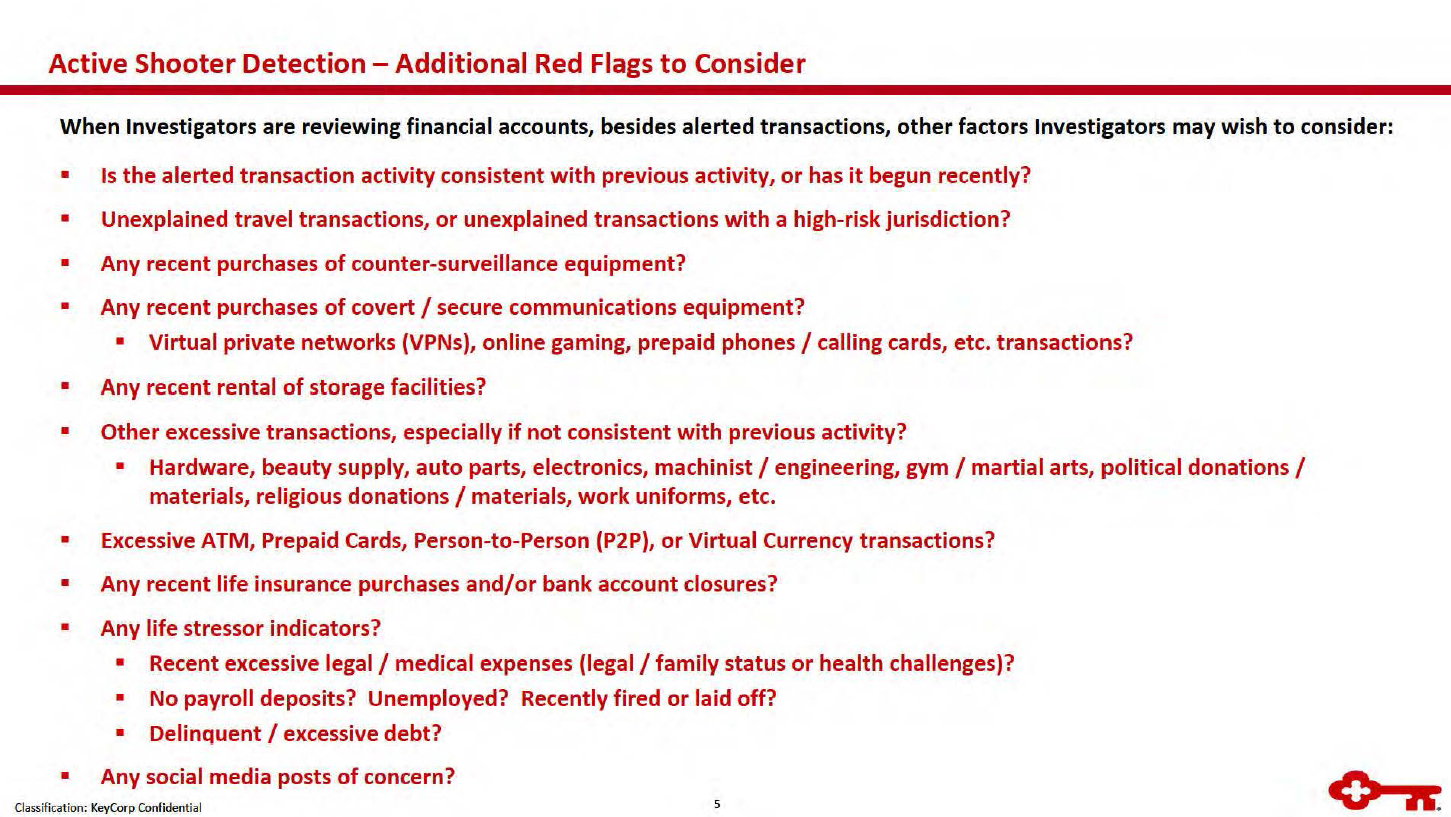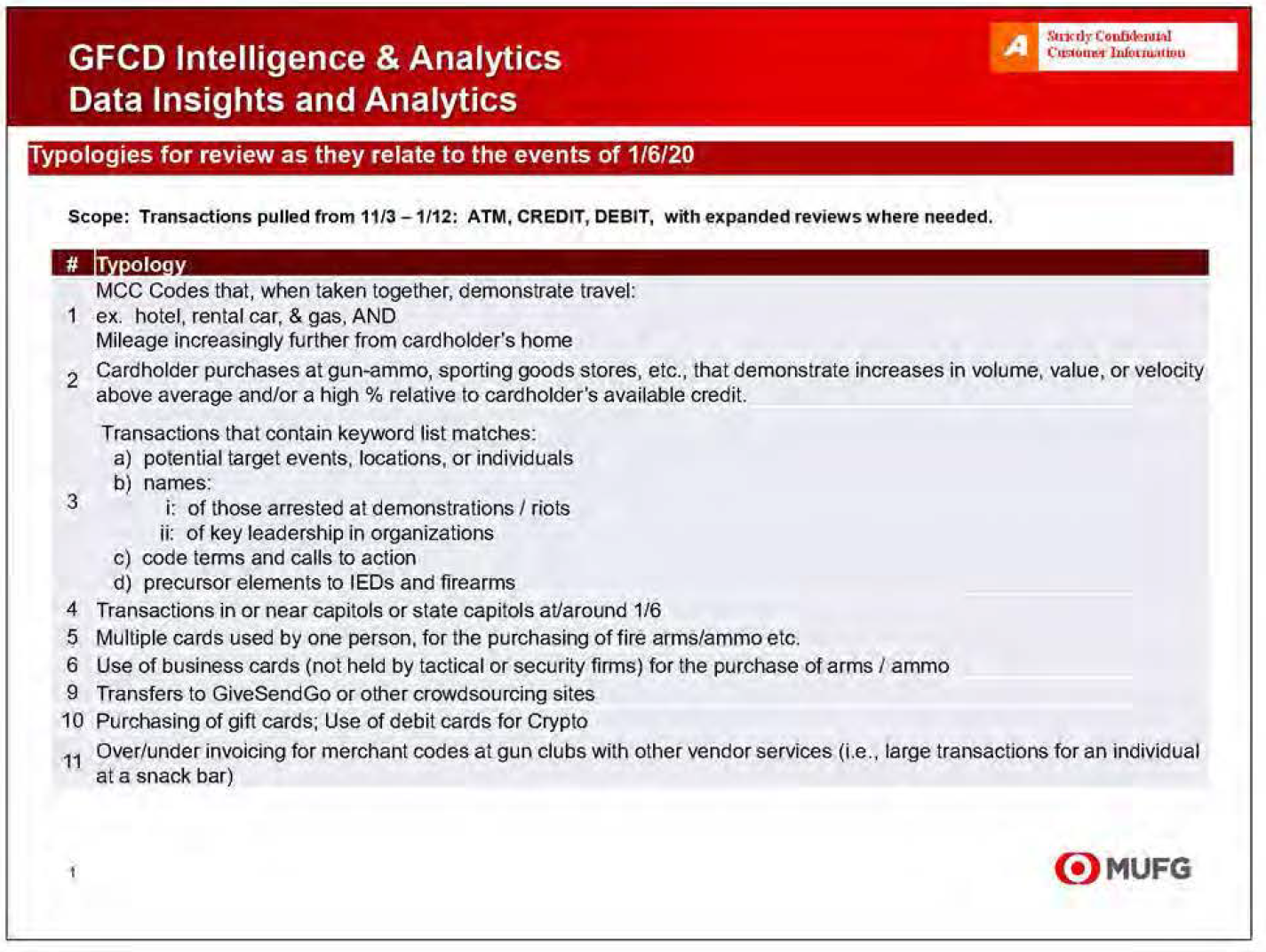The Committee and Select Subcommittee have obtained documents showing that federal law enforcement’s investigation, predicated on the events that transpired at the U.S. Capitol on January 6, 2021, devolved into a fishing expedition for Americans’ financial data. Federal law enforcement agencies, including FinCEN and the FBI, treated lawful transactions as suspicious and shared information with financial institutions through backdoor channels, often circulating materials exhibiting a clear animus towards conservative viewpoints. In addition, FinCEN and the FBI relied on Zoom discussions, private and online government-run portals, as well as sweeping searches of financial institutions’ records to conduct its investigation. Given the important civil liberties at stake, federal law enforcement’s overreach and political bias is alarming.
A. Federal law enforcement used informal meetings and backchannel discussions with financial institutions to devise the best methods for gathering Americans’ private financial information.
Federal law enforcement officials organized Zoom discussions with financial institutions as part of their investigation into the events of January 6, 2021.78 Participants in these meetings included Barclays, U.S. Bank, Charles Schwab, HSBC, BoA, Paypal, KeyBank, Standard Chartered, Western Union, Wells Fargo, Citibank, Santander, JPMorgan Chase, Union Bank, and MUFG. In one meeting, an FBI official from the Washington Field Office reached out to a number of financial institutions to arrange a meeting with the goal of “identifying the best approach to information sharing, both strategic and operational,” in the wake of the events of January 6. At least five other Zoom meetings were scheduled by FinCEN officials and financial institutions and included the subject “Capitol Riots.” Viewed together, these meetings suggest that federal law enforcement officials were brainstorming informal methods—outside of normal legal processes—for obtaining private customer information from financial institutions.
B. Federal law enforcement circulated politicized materials that evidenced hostility towards conservative viewpoints and weaponized financial institutions’ databases by treating lawful transactions as suspicious.
Federal law enforcement circulated materials to financial instih1tions as part of an information sharing operation that alerted financial institutions to the risk of customers and accounts that may be associated with conservative views. In particular, federal law enforcement attempted to cast swaths of lawful and otherwise hai1nless transactions as potentially suspicious. Given that these materials were distributed to some of the largest financial institutions and companies in the world, their reach could potentially impact the transactions and accounts of hundreds of millions of customers without the customers ever knowing it.
…

